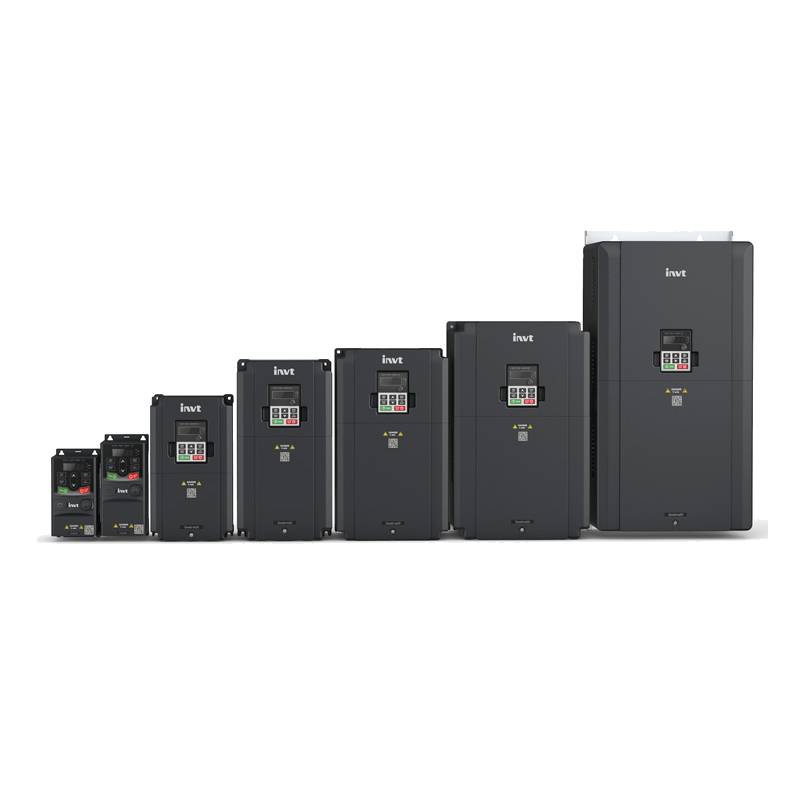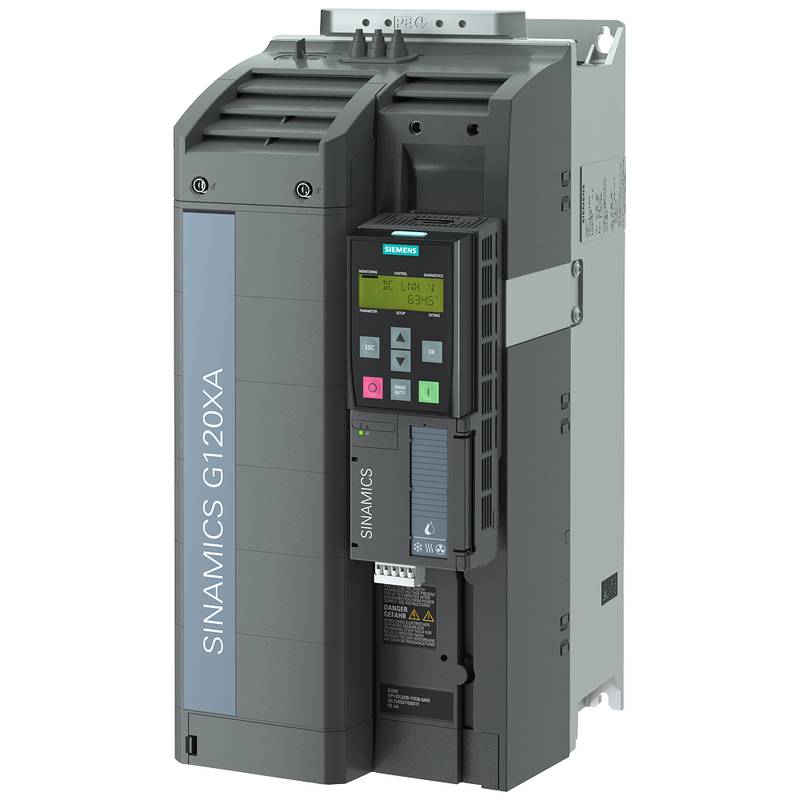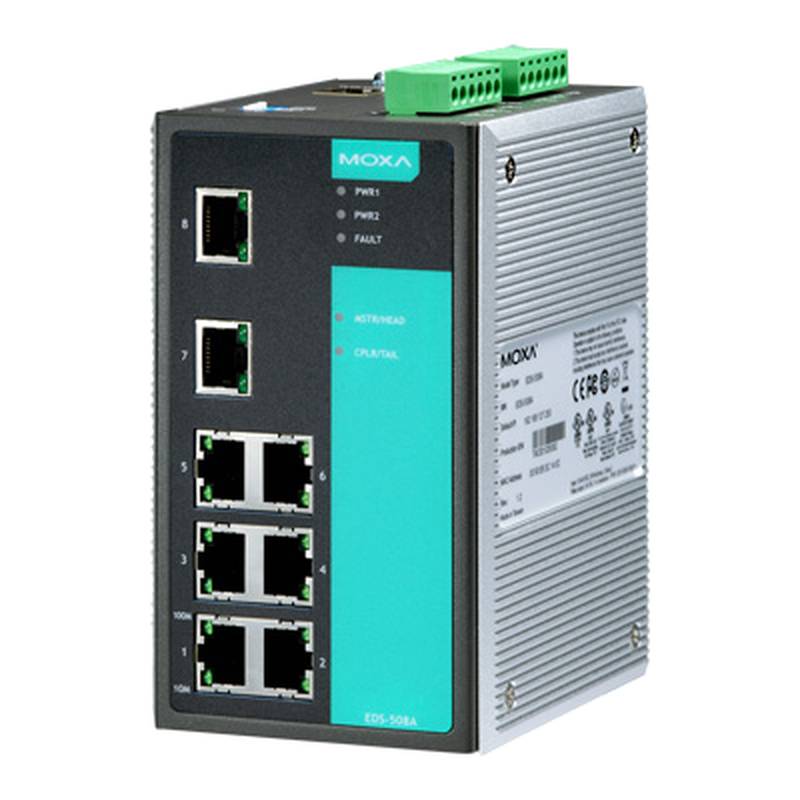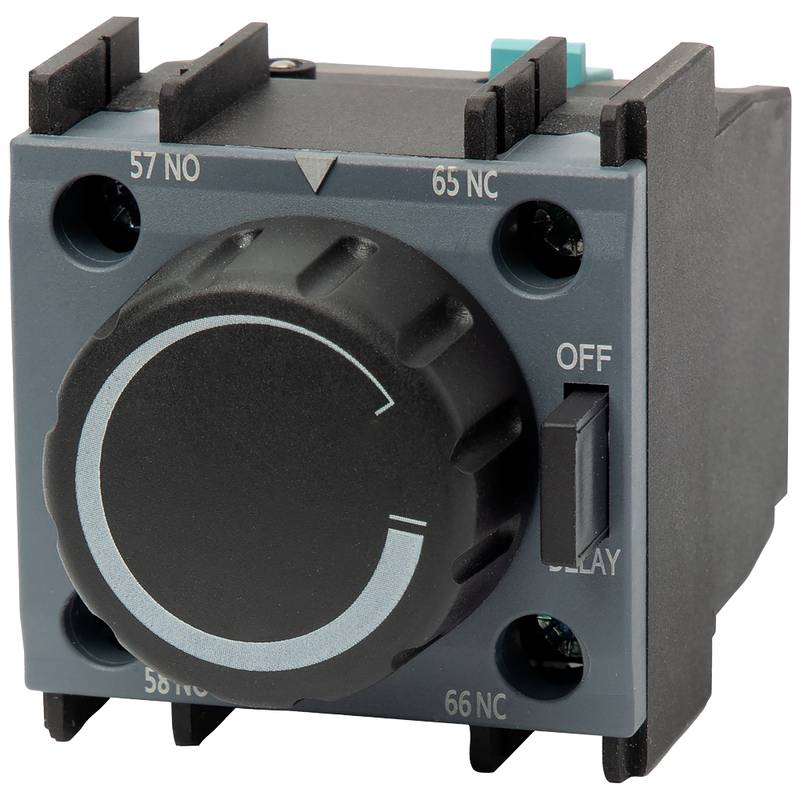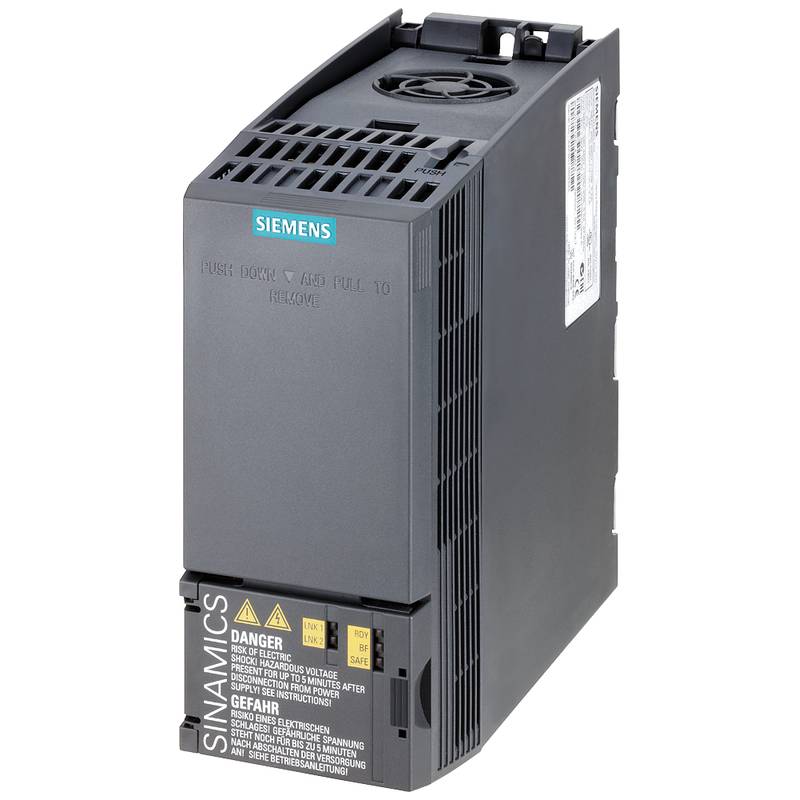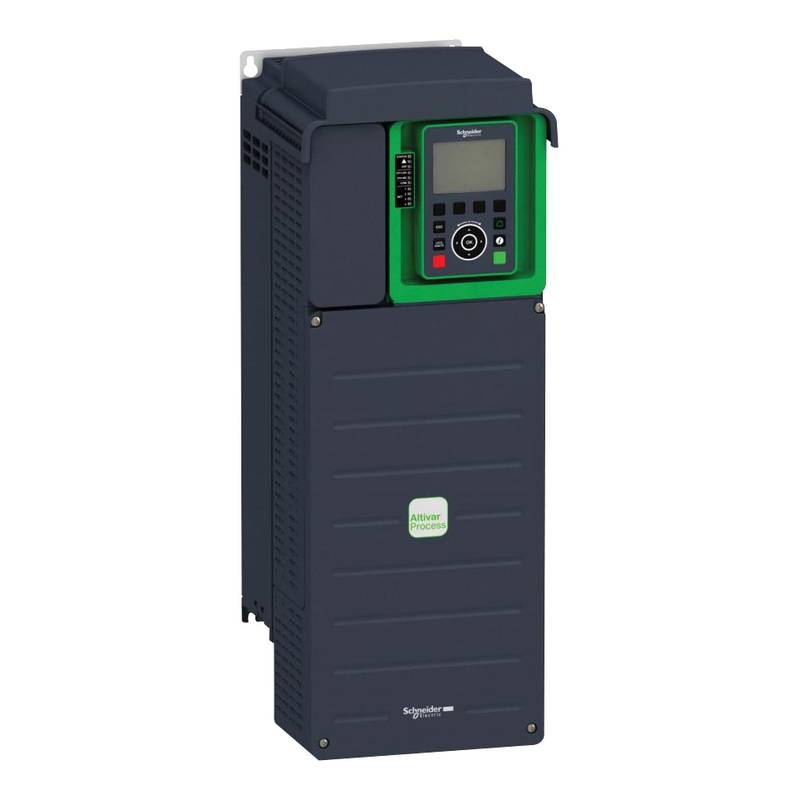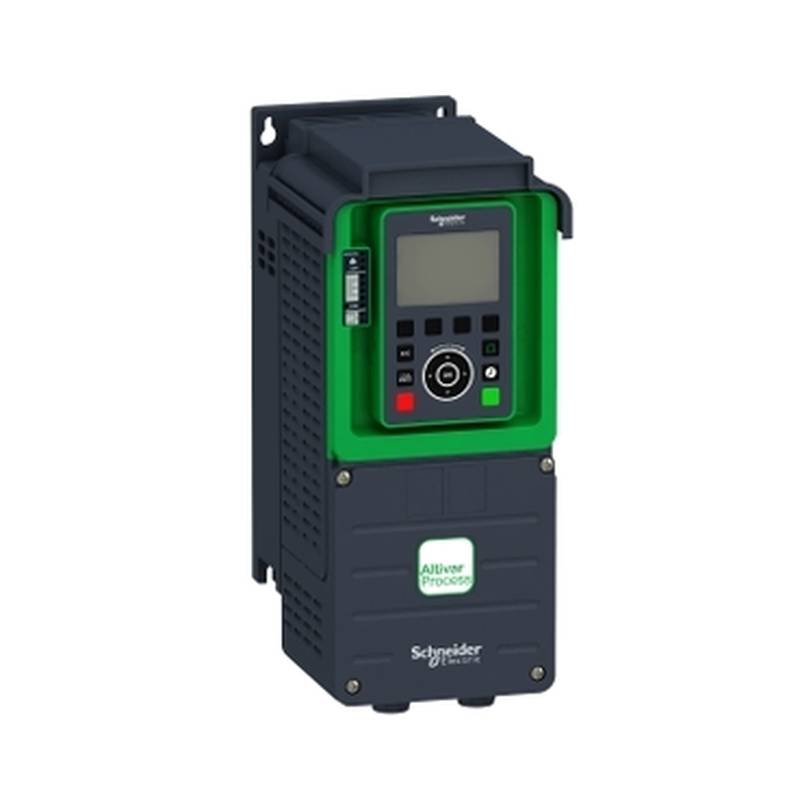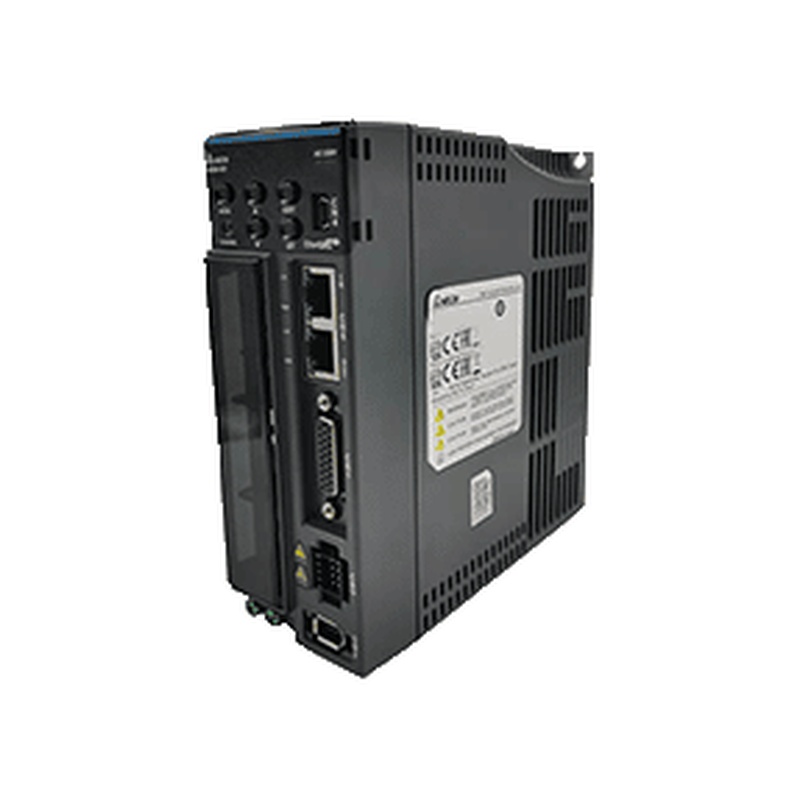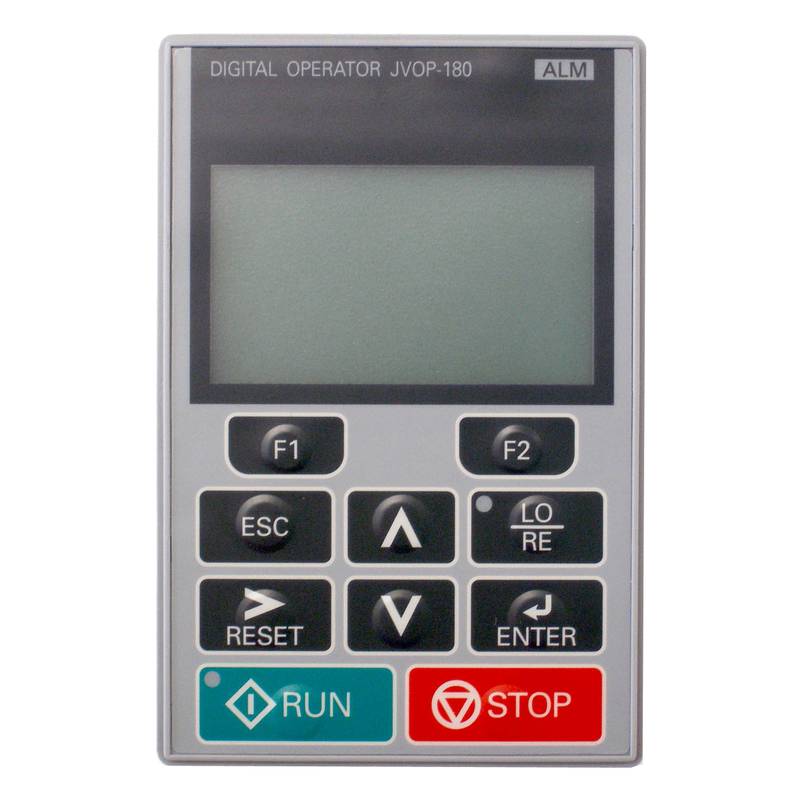
The INVT GD20-015G-4 Variable Frequency Drive (VFD) stands as a robust and efficient solution engineered for the demanding requirements of industrial circulating water pump applications. This specific model, the GD20-015G-4, excels in precisely controlling pump speed, thereby optimizing energy consumption, reducing mechanical stress, and enhancing system performance. Its key advantages lie in its advanced control algorithms, comprehensive protection features, and user-friendly interface, making it a preferred choice for various industrial water management scenarios. Crucial technical parameters include its rated power of 1.5 kW (2 HP), input voltage compatibility of 3-phase 380-440V AC, and an output frequency range typically spanning from 0 to 400 Hz. The drive also boasts an impressive overload capacity and a robust thermal management system, ensuring reliable operation even under strenuous conditions.
Product Specifications
| Parameter | Specification |
| :----------------------- | :--------------------------------------- |
| Model | GD20-015G-4 |
| Rated Power | 1.5 kW (2 HP) |
| Input Voltage | 3-Phase, 380-440V AC |
| Output Frequency | 0 - 400 Hz |
| Control Method | Sensorless Vector Control, V/f Control |
| Overload Capacity | 150% of rated current for 60 seconds |
| Protection Features | Over-voltage, Under-voltage, Overload, Overtemperature, Short circuit, etc. |
| Communication Interface | RS485 (Modbus RTU) |
| Mounting | Wall-mounting or DIN rail |
Core Features & Market Positioning
The INVT GD20-015G-4 differentiates itself through its advanced sensorless vector control, which provides superior torque response and precise speed regulation without the need for motor feedback devices. This technology significantly simplifies installation and reduces overall system cost while maintaining high performance. Its compact design and high power density make it suitable for space-constrained industrial environments. The GD20 series is positioned as a high-performance, cost-effective VFD solution for a wide array of motor control applications, with a particular emphasis on energy efficiency and operational reliability in sectors like water treatment, HVAC, and general industrial automation.
Key Application Scenarios
This VFD is ideally suited for circulating water pumps in industrial settings such as cooling towers, process water circulation systems, and wastewater treatment plants. Its ability to accurately control flow rates and pressures is critical for maintaining optimal operating conditions and preventing system inefficiencies. By precisely matching pump output to demand, the GD20-015G-4 minimizes energy consumption, which is a significant operational expense in continuous pumping applications. It also plays a crucial role in reducing wear and tear on pumps and associated piping by avoiding frequent start-stop cycles and sudden pressure surges, thereby extending equipment lifespan.
Practical System Integration Guidance
Integrating the INVT GD20-015G-4 into an industrial circulating water pump system involves careful consideration of wiring, parameter configuration, and motor compatibility. Ensure the input power supply is stable and within the specified voltage range (380-440V AC, 3-phase). Proper grounding is essential for safety and noise reduction. Connect the motor power leads (U, V, W) to the VFD's output terminals, and connect the control signals and communication interfaces as per the user manual. Default parameters are often suitable for basic operation, but fine-tuning is recommended for optimal performance. Key parameters to adjust include motor rated current, rated frequency, rated voltage, and acceleration/deceleration times. For advanced control, configuring the sensorless vector control parameters with motor nameplate data is crucial.
Operation and Risk Mitigation
Safe operation of the INVT GD20-015G-4 VFD mandates adherence to electrical safety standards and proper handling procedures. Always disconnect power before performing any wiring or maintenance. Avoid operating the VFD in environments with excessive dust, humidity, or corrosive gases. Common operational issues may include motor control problems or communication errors. The drive incorporates comprehensive protection functions to mitigate risks, such as overcurrent, overvoltage, undervoltage, overload, and overtemperature. For instance, if an overcurrent fault (e.g., F001) occurs, investigate potential motor short circuits or excessive load conditions. Reviewing the VFD's fault code log is critical for effective troubleshooting and risk mitigation.
Scalability & Long-Term Value
The INVT GD20-015G-4 offers significant long-term value through its compatibility with various industrial automation platforms and its potential for integration into broader IIoT (Industrial Internet of Things) ecosystems. The built-in RS485 communication port (Modbus RTU) allows for seamless integration with SCADA systems, PLCs, and remote monitoring solutions, enabling centralized control and data acquisition. This facilitates predictive maintenance strategies and operational optimization. While the GD20 series is designed for standalone applications, its robust performance and energy-saving capabilities contribute to reduced operating costs over the equipment's lifecycle, representing a sound investment for industrial water circulation systems.
Frequently Asked Questions
Q1: How do I properly wire the INVT GD20-015G-4 for a circulating water pump?
Ensure the VFD is powered off. Connect the 3-phase input power to the L1, L2, L3 terminals. Wire the three motor phases (U, V, W) to the corresponding output terminals on the VFD. Connect the ground terminal for safety.
Follow the wiring diagram in the user manual precisely for control signals, such as start/stop inputs and analog speed command inputs. Incorrect wiring can lead to equipment damage or failure.
Always double-check all connections before energizing the system. If unsure, consult a qualified electrician or refer to the detailed wiring schematics provided by INVT.
Q2: What are the key parameters to set for optimal performance with a circulating water pump?
Configure motor parameters like rated voltage, rated frequency, rated current, and pole numbers using the motor's nameplate data. These are essential for accurate motor control and protection.
For circulating water pumps, adjust acceleration and deceleration times to prevent water hammer and ensure smooth system transitions. Optimize PID control parameters if using the VFD for closed-loop pressure or flow regulation.
Experiment with V/f curves or sensorless vector control settings based on pump characteristics and desired performance. Sensorless vector control generally offers better dynamic response and torque control at low speeds.
Q3: How can I improve energy efficiency using the INVT GD20-015G-4?
Utilize the VFD's ability to precisely control pump speed to match the actual demand for water flow or pressure. Reducing speed by even a small percentage can lead to significant energy savings due to the cubic relationship between speed and power consumption.
Implement energy-saving features within the VFD, such as sleep mode functionality or automatic energy optimization algorithms if available. These features help further reduce power consumption during low demand periods.
Monitor the VFD's energy consumption data, if supported, to track savings and identify further optimization opportunities. Proper system design and maintenance also contribute to overall energy efficiency.
Q4: What is the typical overload capacity of the INVT GD20-015G-4?
The INVT GD20-015G-4 typically provides an overload capacity of 150% of its rated current for a duration of 60 seconds. This allows the VFD to handle temporary surges in motor demand.
This overload capability is crucial for applications like starting a pump or overcoming brief blockages. It ensures reliable operation without tripping the drive unnecessarily during transient conditions.
Exceeding this overload capacity for extended periods can lead to thermal protection trips or damage to the VFD. It's important to size the VFD appropriately for the application's continuous and peak load requirements.
Q5: Can the INVT GD20-015G-4 be controlled remotely?
Yes, the INVT GD20-015G-4 is equipped with an RS485 communication interface that supports the Modbus RTU protocol. This enables remote control and monitoring capabilities.
You can integrate the VFD into a PLC-based control system or a SCADA system using Modbus. This allows for remote start/stop commands, speed adjustments, and status monitoring.
Remote operation is vital for industrial applications where operators may not be physically present at the pump location, enabling centralized control and efficient system management.
Q6: What are common fault codes for the INVT GD20-015G-4 and how to resolve them?
Common fault codes include F001 (Overcurrent), F002 (Overvoltage), F003 (Undervoltage), and F004 (Overload). These codes indicate specific protection mechanisms have been triggered.
To resolve F001, check for motor short circuits, reduce acceleration time, or ensure the load is not too high. For F002/F003, verify the input power supply stability and check for regenerative braking issues.
Refer to the INVT GD20 manual for a comprehensive list of fault codes and detailed troubleshooting steps. Proper diagnosis of the fault code is key to swift resolution.
Q7: How does sensorless vector control benefit circulating water pump applications?
Sensorless vector control provides precise speed regulation and excellent torque response without requiring an encoder on the motor. This simplifies installation and reduces system costs.
For circulating water pumps, this means stable flow rates and pressures, even when load conditions change. It allows the VFD to quickly adjust motor speed to maintain setpoints.
This advanced control method is particularly beneficial for variable torque loads typical of centrifugal pumps, ensuring optimal efficiency across a wide operating range.
Q8: What is the IP rating of the INVT GD20-015G-4?
The INVT GD20-015G-4 typically features an IP20 enclosure rating. This means it is protected against solid objects larger than 12.5mm (finger access) but offers no protection against water ingress.
Therefore, it is essential to install the VFD in a clean, dry, and well-ventilated environment, such as a control panel or enclosure, to protect it from dust, moisture, and physical damage.
For applications requiring higher protection against environmental factors, consider installing the VFD within a suitable enclosure or using models with higher IP ratings if available from INVT.
Q9: Can this VFD be used with a single-phase motor?
No, the INVT GD20-015G-4 is specifically designed for use with three-phase motors, as indicated by its "3-phase" input and output specifications. It converts a three-phase input power supply to a variable frequency three-phase output for the motor.
Using a single-phase motor with this VFD will not work and can cause damage to both the motor and the VFD. You would need a VFD specifically designed for single-phase motor control if that is your requirement.
Always ensure that the motor type (three-phase) and power rating are compatible with the VFD model you select to guarantee safe and efficient operation.
Q10: What maintenance is recommended for the INVT GD20-015G-4?
Regular visual inspections for dust accumulation, loose connections, or any signs of physical damage are recommended. Ensure cooling vents are clear and the ambient temperature is within specified limits.
Periodically check and tighten electrical connections, especially power terminals, to prevent overheating and ensure reliable power transfer. Follow the manufacturer's recommended maintenance schedule.
Keep the VFD's firmware updated to the latest version if available, as updates often include performance improvements, bug fixes, and enhanced protection features. Always perform firmware updates with caution and follow proper procedures.














